It would help if you considered several factors when buying soccer shoes for kids. These include the type of outsole, Rubber or Synthetic mesh upper, size, and Conical studs. Keep reading to learn how to choose the right soccer shoes for your child. After reading this article, you should be well-equipped with the information needed to select the right pair of shoes for your child.
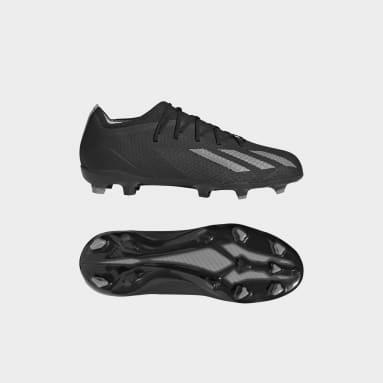
Synthetic mesh upper
The upper of a soccer shoe is responsible for providing a secure fit for the player’s foot. Most soccer shoes are made of genuine leather, but there are also options with synthetic mesh and knitted uppers. The type of upper material will affect how the shoe performs in wet weather and high-impact play. The material should also be lightweight and durable. A good soccer shoe should also have a lining that wicks moisture away from the foot.
Adidas soccer shoes for children feature synthetic mesh uppers that give the ball traction and cushion the foot while kicking it. The synthetic uppers also feature conical studs that help prevent players from slipping while playing. The shoes also feature a lace-up design for a snug fit and a high-top elastic sock for enhanced ankle support. The lightweight, durable construction allows kids to move quickly and easily on the field.
The Puma Spirit It soccer shoe is a good choice for indoor play. The synthetic mesh upper is lightweight and comfortable, and the rubber outsole is for firm ground. The shoe has three color options and comes with a firm-ground version. Kids will love the style of this soccer shoe and will get a lot of use out of it.
As soccer is physically demanding, the upper of a soccer shoe should be textured to provide superior control over the ball. The texture of the upper can significantly improve a player’s performance. It can also be uncomfortable. The upper should have some pattern, such as a textured mesh.
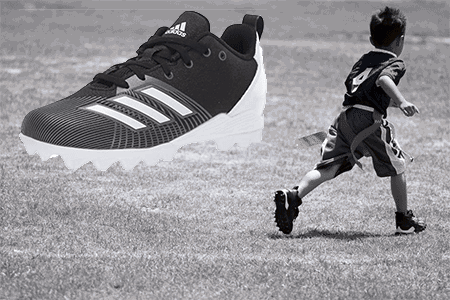
Conical studs on the outsole
Whether your kids are just starting to play the game or are seasoned pros, you should get them the right soccer shoes. These shoes should have a firm ground cleat, as it will prevent them from slipping while playing. For this purpose, they should have a rounded or conical stud on the outsole.
While soccer shoes are often made with plastic or rubber studs, you can also find a pair with metal studs. Some soccer leagues do not allow metal studs in their shoes, so you may want to buy a team without them.
The studs on a soccer cleat are what grip the ground. A shoe with these studs will give you more grip and speed while playing. The outsole of a soccer shoe has several types of studs: bladed studs, conical studs, and molded studs.
Conical studs on the outsoles of soccer shoes for kids can be helpful when playing on artificial ground. A firm ground shoe is ideal for playing soccer on a natural grass field. They usually have ten or more long conical studs that provide enough traction for normal playing conditions. Whether playing on a natural grass field or a synthetic lot, you must choose a shoe with the right cleat.
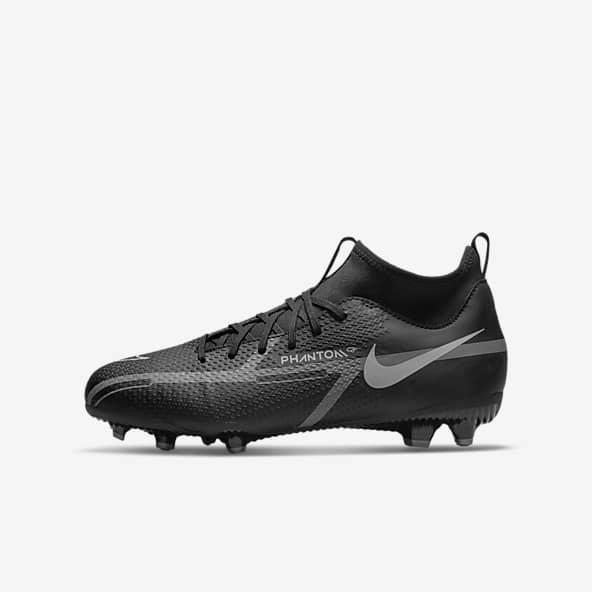
Choosing the proper type of cleat for your child is essential, and you should always check the manufacturers’ specifications before buying. There are FG and AG soccer shoes for kids. These two shoes have different properties, so choosing the right one for your child is essential.
Rubber sole
For kids, soccer shoes need a good rubber sole for added traction and comfort. It is essential to choose a shoe that is designed for your child’s size. If your child’s foot is wide, consider buying a pair with a wider sole. Moreover, a rubber sole helps to prevent the shoe from slipping on the ground and is non-marking.
Good soccer shoes for kids should also have a thick rubber sole. This will help them stay in place and keep their feet cool. Also, make sure that you buy a pair that has an insole. Some soccer shoes come with an insole made of foam or polyurethane.
Another essential feature of soccer shoes for kids is the midsole. It’s a necessary part of a soccer shoe as it helps your child grip the ball and absorb shock. Generally, the midsole is made of foam. It should provide the right cushioning and support while not being too soft. You should also check for the comfort level of the midsole by asking your child to walk around in the shoes.
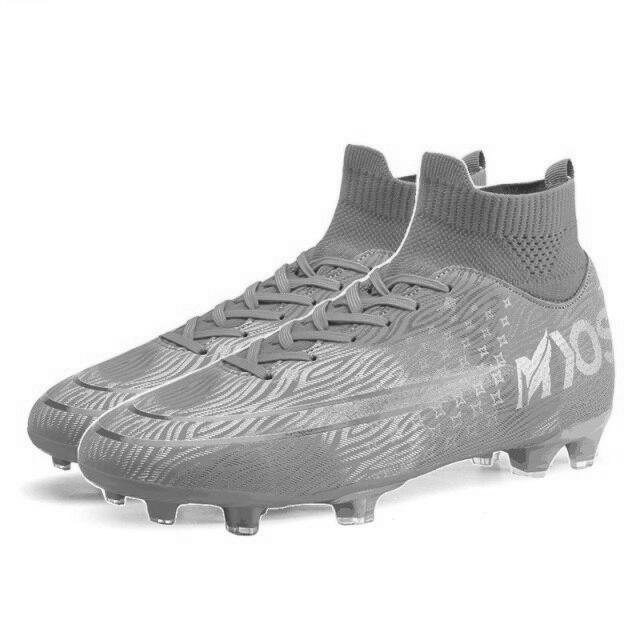
Another factor that needs to be considered is the playing surface. There are different playing surfaces, and your child must use another type of soccer shoe. The best choice is designed for the specific character where your child plays. You should consider getting cleats for firm ground if you play soccer on grass. A firm ground soccer shoe is molded with conical or bladed studs to provide traction on most natural grass fields.
In addition to comfort, kids’ soccer cleats should have a sturdy rubber outsole. A suitable rubber outsole will allow the player to move with flexibility. Also, it will reduce the risk of injuries from the cleats.
Size
Size is an important consideration when purchasing a soccer shoe. The shoe should fit snugly on the child’s foot, ensuring they have the most effective touch on the ball. The best fit is just one or two sizes smaller than the child’s average shoe size.
The shoe should be snug enough to give the athlete the best touch response yet large enough to allow the foot to grow. The best way to determine a child’s shoe size is to have your child’s foot measured by a professional. During the measurement, ensure your child is standing upright and bearing total weight. Measuring the child’s foot with the appropriate soccer socks is also a good idea. The goal is to leave about a quarter-inch of space between the top of the shoe and the toe.
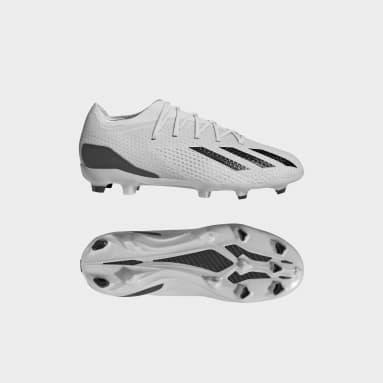
It’s also important to note that soccer shoes are made for various surfaces, from grass to artificial turf. They should be lightweight yet durable. The upper part of the shoes is typically made of leather or synthetic leather. Some are also made of mesh or knitting, both suitable for humid conditions. The type of cleats you choose for a specific surface can also affect the child’s comfort.
Remember to keep the child’s size in mind when shopping for a pair of kids’ soccer cleats. A measure that’s too small may affect performance, and an oversize shoe can lead to injury. The proper size for a child is usually determined by how much space their feet have between the toes and the cleats. A half-inch gap, for example, may require a 1/2-size up.
Price
Buying soccer shoes for kids isn’t as expensive as you may think. You can get an inexpensive pair for toddlers for a small price. However, if you want your kid to have a better grip on the grass, you may want to get him some soccer cleats. These shoes are not as expensive as you think, and they are very helpful in preventing slipping. They also have little nubs that provide additional traction.
Prices for kids’ soccer cleats vary from $20 to $90, with bigger sizes being more expensive. Quality and features vary significantly from model to model, and you may be better off investing in a premium pair of shoes from a leading brand. The best-quality cleats will have the best fit technology and be more stylish. Just check your child’s shoe size monthly to ensure they’re still fitting correctly.
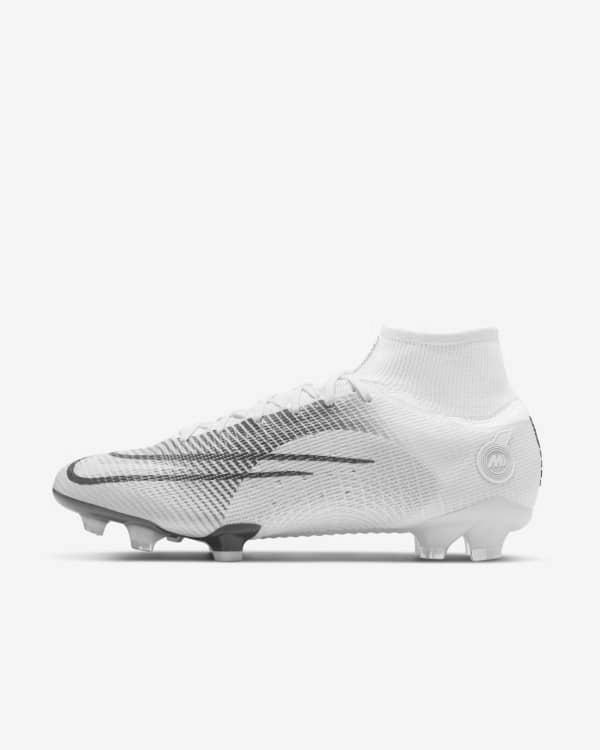
Prices of soccer cleats tend to vary significantly between brands. The top-tier brands usually cost more than the next tier down. You can also find more affordable brands, but they will not be as durable as the more expensive ones. Regardless of how much you want to spend, it’s worth looking at a few brands before making the final decision.
Kids’ soccer cleats fit kids’ feet and provide comfort and reliable traction. They also have a variety of designs and colors to suit your child’s taste. Whether playing soccer for fun or competitive competition, your child’s new shoes can help them develop their technical skills and confidence.





